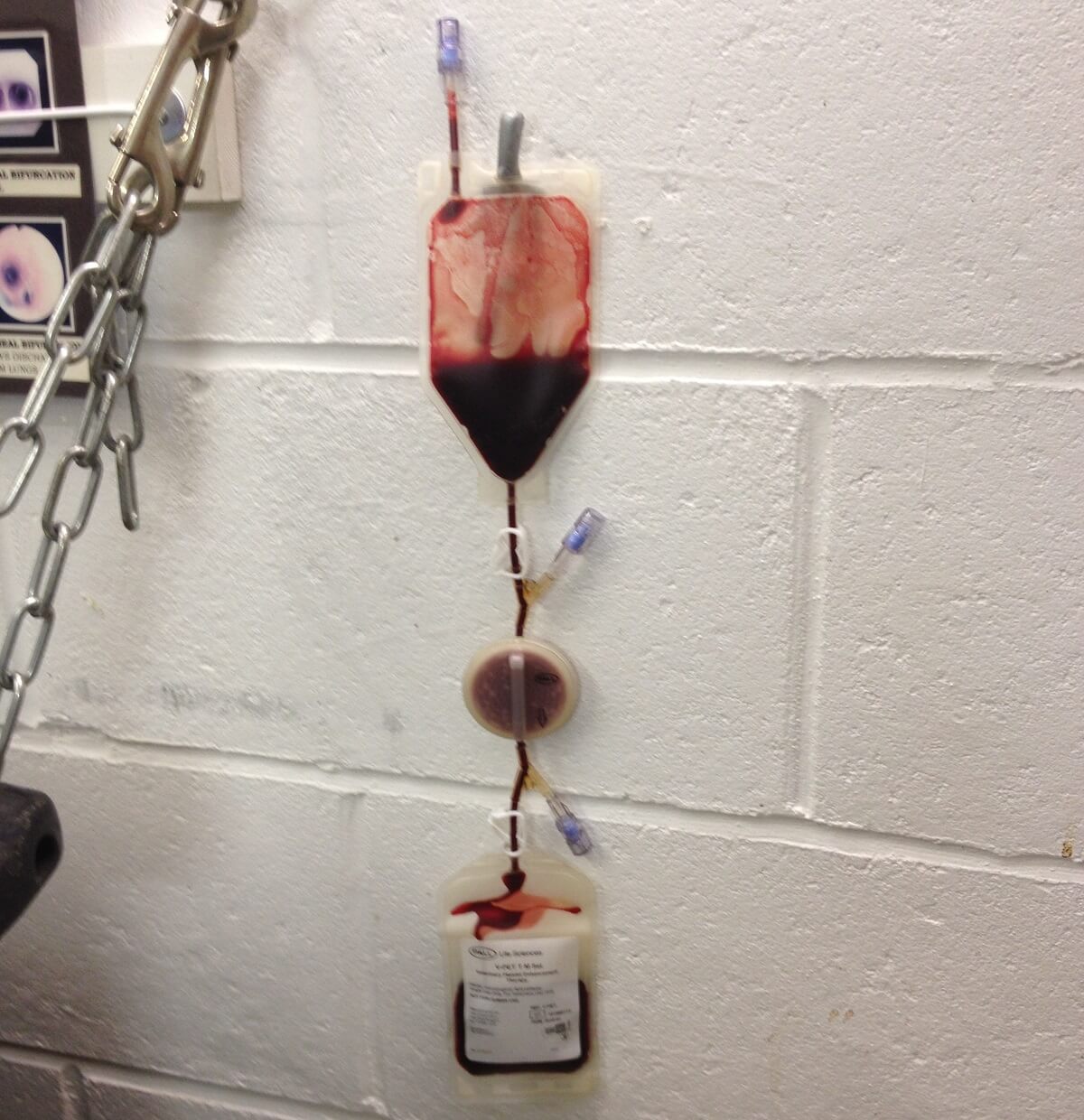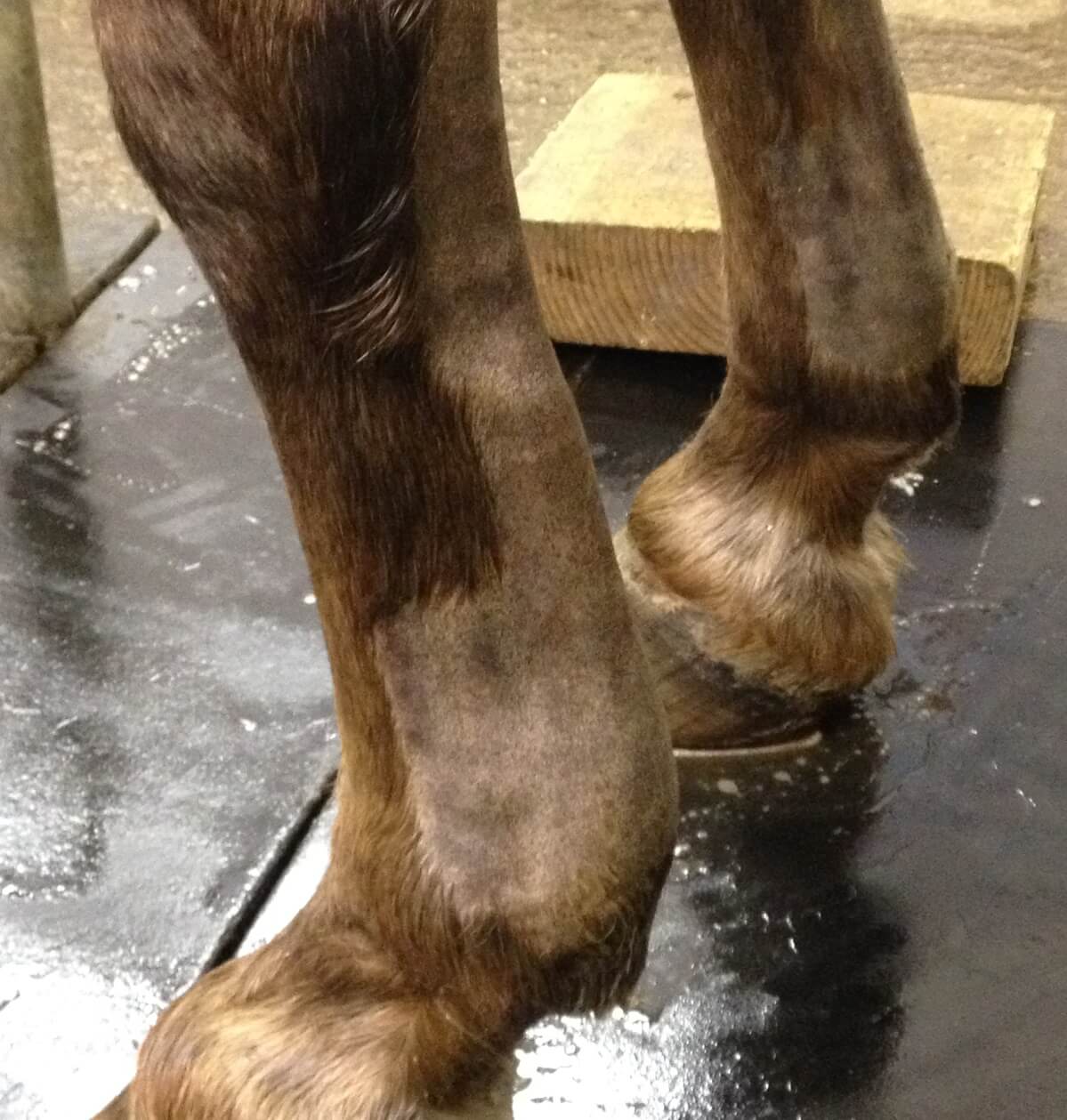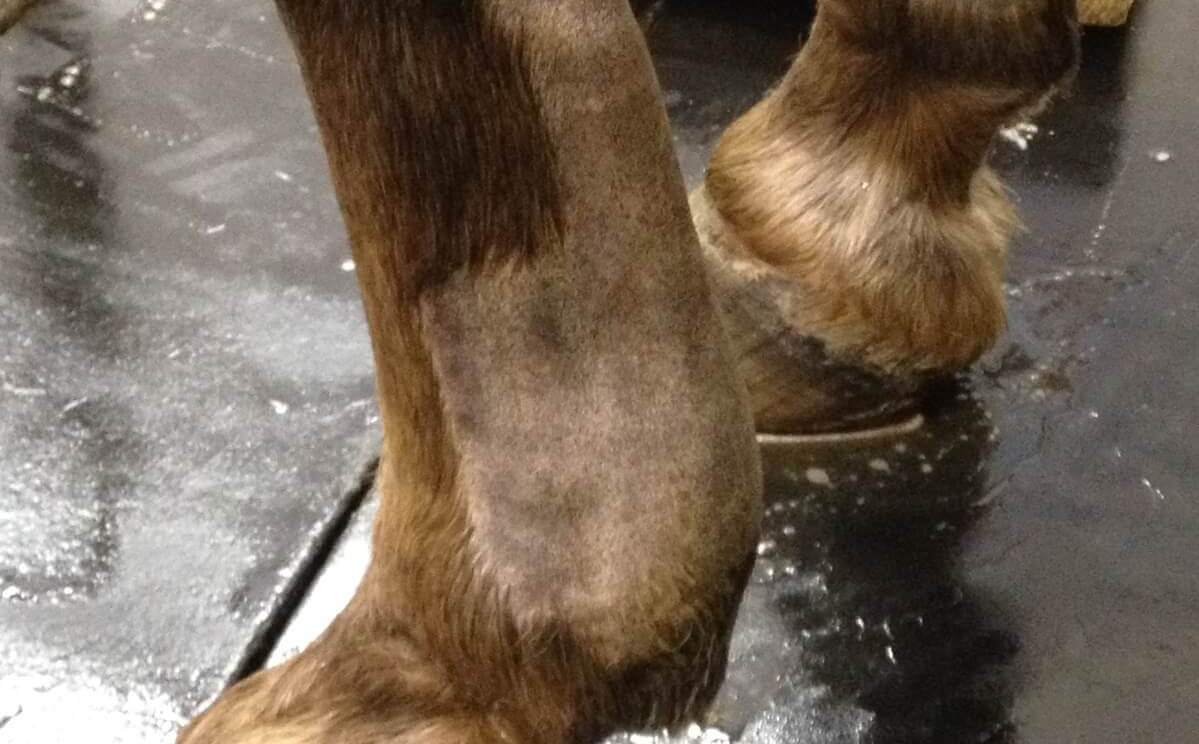Tendon injury is a major problem in the horse due to its frequency of occurrence, difficulty in treatment, lengthy rehabilitation time and also the high risk of re-injury. Once the force on a tendon becomes too great it can cause physical disruption to the tendon matrix. This damage starts a repair process which causes inflammation, forms fibrous tissue and leads to the deposition of scar tissue. Scar tissue results in a stiffer tendon which is strong but doesn’t function as well as the original tendon, thus leading to the potential for re-injury.
Difficulties in the treatment and repair of tendons has led to research into new methods:
Mesenchymal Stem Cells (MSCs) can differentiate, depending on the environment, into specialised tissues such as tendon, ligament, muscle and bone. The idea for treatment in tendons is that it synthesises matrix more like tendon and less like scar tissue to produce a superior outcome. Bone marrow is taken from the sternum or hip bone under standing sedation and local anaesthesia. The cells are then cultured and re-suspended. Implantation into the site of tendon injury is then performed 2 to 3 weeks after aspiration under ultrasound guidance.

Tendon injuries treated with stem cell therapy demonstrate quick ultrasonographic improvement of lesion and subsequently these horses show a better re-injury rate than those treated with conventional methods such as controlled exercise.
Another treatment method is Equine Platelet Enhancement Therapy (E-PET formerly PrP). This is a blood filtration system which obtains platelet rich concentrate to enhance healing in horses. Platelets are not only involved in the clotting process but also mediate healing in response to injury. Once platelets are activated by tissue injury or inflammation, granules are released which aid clotting and help the inflammatory process and the resultant healing response. It uses a simple, disposable kit which generates a platelet concentrate in the field or clinic. The procedure takes 10 to 15 minutes.

Venous blood is taken from the patient and mixed with a capture solution in the collection bag before being passed through a harvest device where platelets are captured. The harvest solution is then back flushed through the filter and recovers the platelet concentrate into a syringe. Under ultrasound guidance this can then be injected into the lesion.
E-PET concentrate can be used to help bone and wound healing and has also been used (by us) in tendon and ligament repair.
